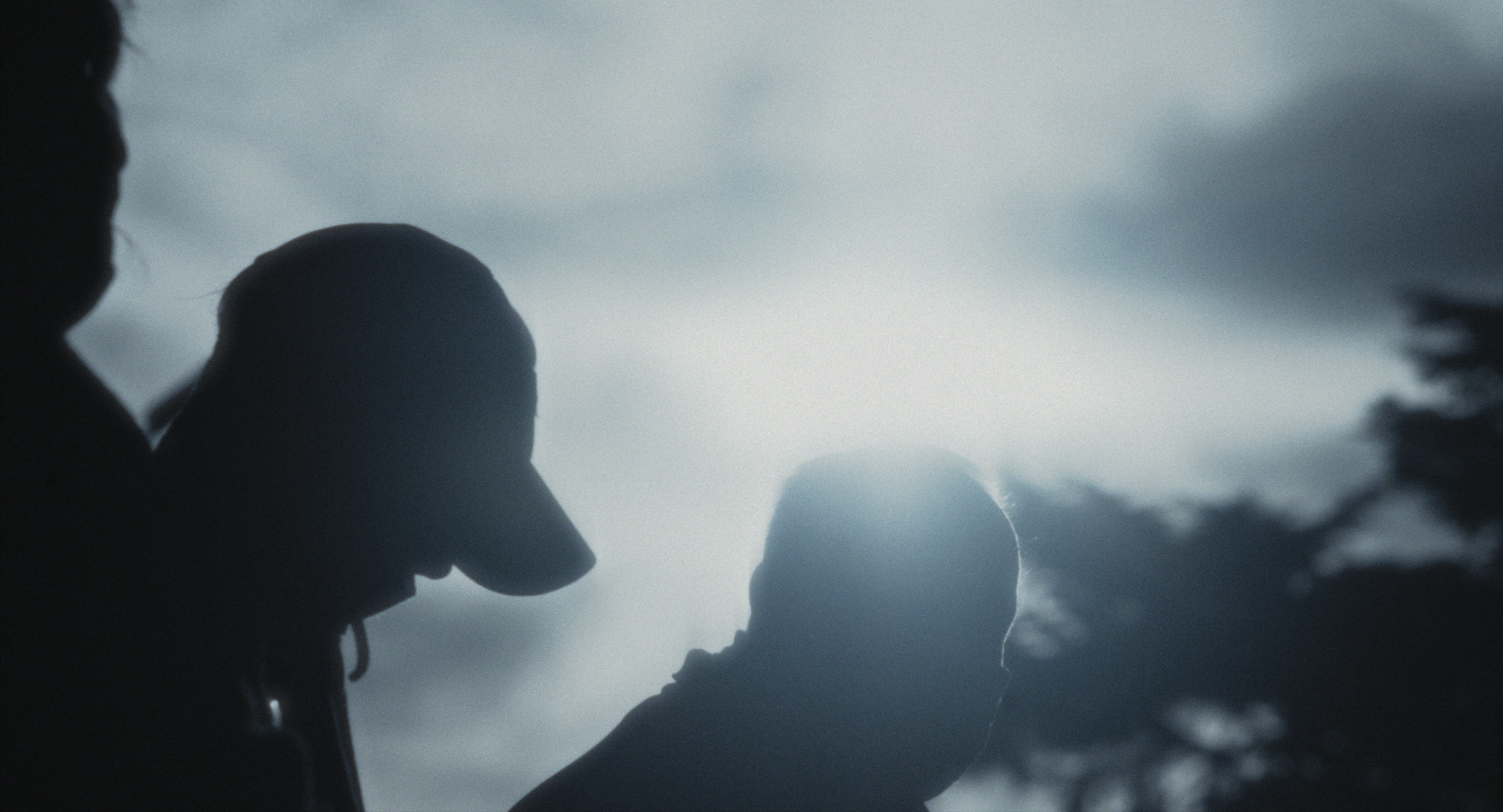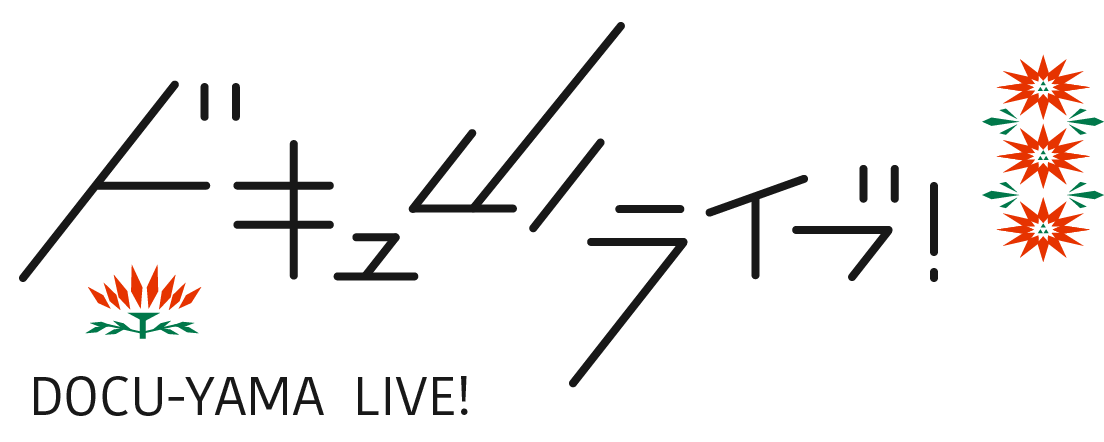
Rarely is our feeling of the passage of time as excruciatingly vivid as when we’re waiting for a bus. Argentinian filmmaker Gustavo Fontán’s elliptical work The Bus Station (2023, screened in YIDFF 2023’s International Competition) is a documentary in much the same way that Stan Brakhage’s experiments with damaged celluloid are documentaries – it documents how time and light work together to impress images upon our mind. A collage of footage shot in a bus station north of Córdoba, coupled with seemingly unrelated voice-over “testimonies” of different people’s memories of love and loss, the film provides an extensive recording of a world we usually make no effort to remember.
The Bus Station foregrounds in-betweenness and ephemerality in every aspect. The palette of the film resembles that of display window posters that lose vibrancy after years of sun exposure, all color reduced to a pale turquoise. The depth of field is so shallow that when a bus reverses out of its narrow focus area, it dissolves instantly into flickering bokeh. There is not a single unobscured face in the film; the bus station visitors are silhouetted, shrouded by shadow, facing away from the camera, or wearing face masks. Very little of the diegetic audio is intelligible; we hear laughter and chatter, but no words. It is as if the station itself were a person, and we were watching its fading memories.
By contrast, the voice-over testimonies initially offer something more definite. The interviewees discuss the standout moments of their lives, reducing their experiences to single-sentence reminiscences about their “only” love, their “first” love, a love that died in their arms… Yet even these testimonies are abbreviated, devoid of context, and spaced out in such a way that they frustrate the viewer’s attempts to weave them into a cohesive narrative. An elderly man remembers loving one woman but marrying another. Later, a female interviewee talks about love at first sight. While we may be tempted to connect these stories, their relation to the bus station and even to each other is constantly elided.
And yet, in all of this lack of definition, a remarkably strong emotion bursts forth. Reverberating laughter, the constant hum of the bus engine, the distorted and multiplying shapes of people in the reflection of a window – these ghostly afterimages of a transitory space draw our attention to the half-remembered container for what we believe to be the actual contents of our lives. The voice-overs, appearing only in a select few moments, recount moments of irretrievable loss, lovers met once and never forgotten, moments of the most profound and unrelenting grief. But the forty minutes we spend waiting for the bus are made from the same stuff as the forty minutes that we spend watching the life vanish from our husband’s eyes. The film reminds us, gently and without judgment, that the memories to which we cling and the memories we ignore embed themselves equally within us, sometimes appearing together in a single, dimming vision of who we once were.
Betty Stojnic
![ドキュ山ライブ! [DOCU-YAMA LIVE!]](http://www.yidff-live.info/wp-content/themes/yidff-live_2017/images/header_sp_logo1.png)

